- Binbirdirek Mah. Klod Farer Cad. Güven Apartmanı No:2/302 Fatih/İstanbul, Turkey
- Open 08:00-22:00: Monday - Sunday
- drop us an email info@istanbulguideservices.com
- 24/7 service +90 555 6022454
tags:
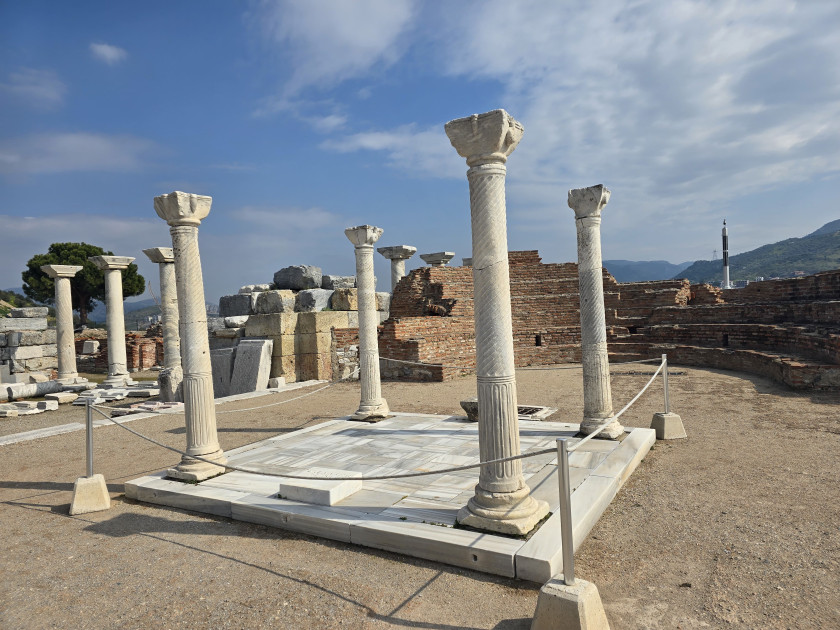
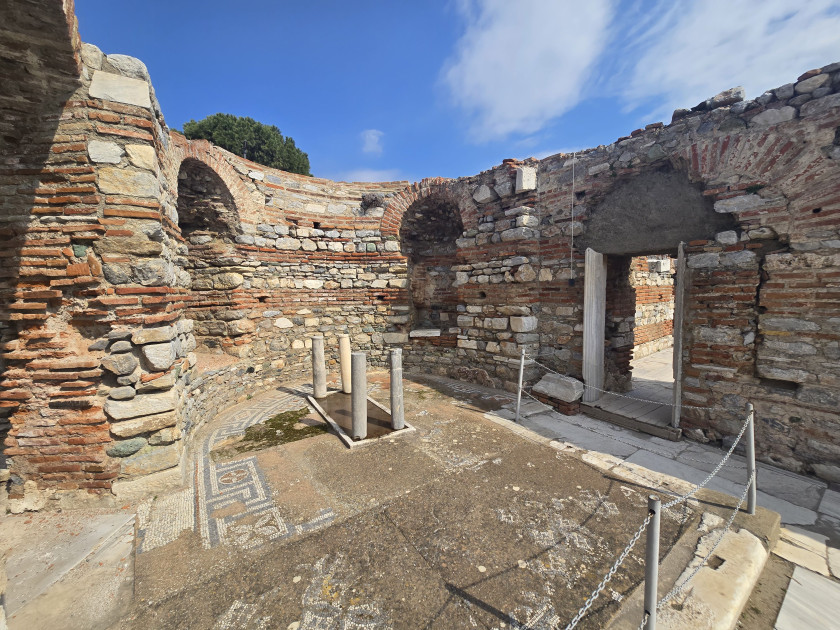
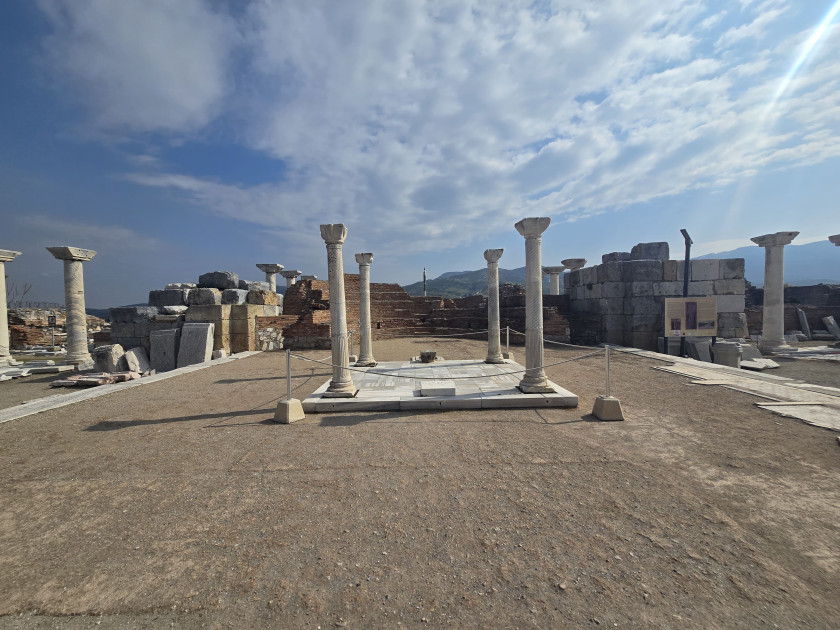
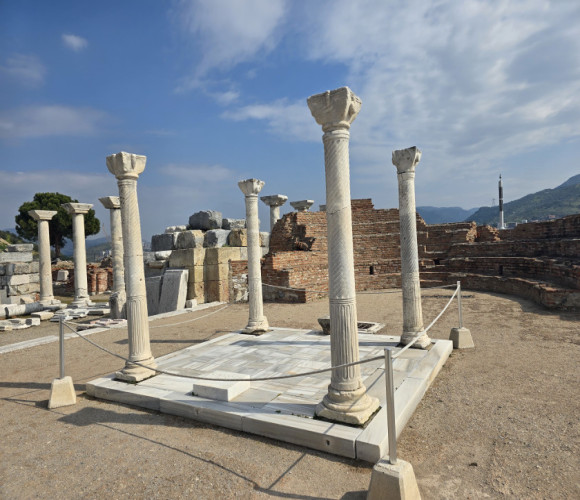
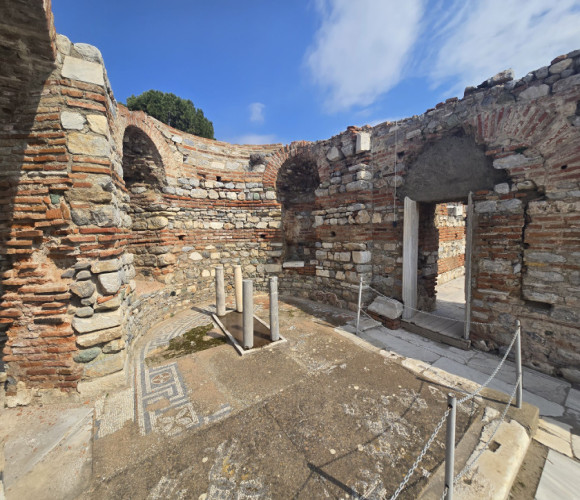
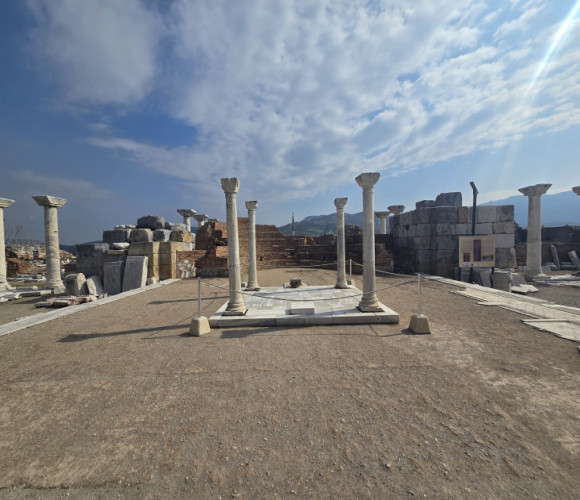
A Sacred Journey Through Time
For those who walk in the footsteps of the earliest Christians, few destinations hold the spiritual significance of the Basilica of St. John in Ephesus, Turkey. This magnificent structure, nestled atop the Hill of Ayasuluk, stands as a testament to both architectural brilliance and profound faith, housing what many believe to be the final resting place of St. John the Evangelist, the "beloved disciple" of Jesus Christ.
According to Christian tradition, after the crucifixion of Jesus, St. John traveled to Ephesus with the Virgin Mary, fulfilling Christ's instruction to care for His mother. Historical accounts suggest that John lived the remainder of his long life in this vibrant Roman city, writing his Gospel and the Book of Revelation before his death around 100 AD. The site of his burial quickly became hallowed ground for early Christians.
The basilica we see today represents the vision of one of history's most influential Christian rulers. When the original wooden-roofed church fell into disrepair by the 6th century, Emperor Justinian I (527-565) and Empress Theodora commissioned a magnificent new structure worthy of the beloved apostle. This was no ordinary building project but an imperial endeavor constructed simultaneously with Constantinople's famed Hagia Sophia, reflecting its tremendous importance to the Byzantine world.
The architects designed the church in the form of a cruciform basilica, with six imposing domes creating a structure that measured an impressive 130 by 65 meters—making it the second-largest religious building in Ephesus after the Temple of Artemis. The church featured galleries, porticoes, and a unique atrium that harmoniously adapted to the hillside topography.
At the heart of the basilica, where the arms of the cross-shaped floor plan intersect, lies the bema—the sacred area containing what pilgrims for centuries have venerated as St. John's tomb. This central focus of devotion made the basilica one of the most important pilgrimage destinations in early Christianity, drawing the faithful from across the Mediterranean world.
Visitors today can still see column capitals bearing the monograms of Justinian and Theodora in the northern section of the nave, tangible connections to the imperial patrons who made this sacred space possible.
From the early Byzantine period onward, the basilica served as a major "pilgrimage church," welcoming Christians seeking to honor the apostle who had been closest to Jesus. Historical records indicate that by the 12th century, the structure required significant repairs, reflecting both its age and its continued importance to the faithful.
The church's history mirrors the complex religious transitions of Anatolia. When Ephesus (then known as Hagios Theologos or Alta Lougo) fell to Turkish forces in 1304, part of the basilica was converted into a mosque. The building's long service as a place of worship ended tragically between 1365 and 1370, when a powerful earthquake devastated the structure.
For centuries, the once-magnificent basilica lay in ruins, its stones scattered across the hillside. The modern era of archaeological investigation began in 1921-22 with excavations by G.A. Sotiriou, followed by work from the Austrian Archaeological Institute from 1927-30. Between 1960 and 2006, the Ephesus Museum Directorate conducted excavations around the church and restored sections of the surrounding walls.
More recent restoration efforts have continued under various archaeological teams. From 2007-2019, Dr. Mustafa Büyükkolancı led excavations and restoration within the inner citadel. Since 2020, excavation and restoration work has continued under Associate Professor Dr. Sinan Mimaroğlu from Hatay Mustafa Kemal University's Art History Department, with permission from Turkey's Ministry of Culture and Tourism.
The basilica's enduring spiritual significance is highlighted by its place on papal itineraries to Turkey. Pope Paul VI prayed at St. John's Basilica on July 26, 1967, during his historic visit to Turkey. Since then, the site has become a regular destination for papal pilgrimages, with popes visiting both the House of the Virgin Mary and St. John's Basilica during their official visits to Turkey. These papal journeys underscore the basilica's continued importance as a place where Eastern and Western Christianity can find common ground in honoring the beloved disciple.
For today's Christian pilgrim, walking among the ruins of St. John's Basilica offers a powerful connection to apostolic times. While standing in the central area where the apostle's tomb was venerated for centuries, visitors can reflect on John's writings that have shaped Christianity: his Gospel emphasizing Christ's love, his epistles calling believers to love one another, and the Book of Revelation with its vision of the heavenly Jerusalem.
The basilica's location also allows pilgrims to contemplate other significant sites in early Christian history. Just a few kilometers away lie the extensive ruins of Ephesus, where Paul preached to the Ephesians and faced opposition from devotees of Artemis. Nearby stands the House of the Virgin Mary (Meryem Ana Evi), where tradition holds that Mary spent her final years under John's protection.
As you walk among the weathered stones of the basilica, you stand where countless pilgrims before you have communed with the memory of the beloved disciple. The site invites contemplation of John's unique relationship with Jesus—the disciple who leaned against Christ at the Last Supper, stood faithfully at the foot of the cross, and was entrusted with the care of the Savior's mother.
The basilica's cruciform shape, with the tomb at its center, symbolizes how John's life and ministry were centered on Christ. His Gospel begins with the magnificent theology of the Word made flesh and concludes with the risen Christ commissioning Peter while hinting at John's long life of witness.
Today's pilgrims will find the site accessible and well-maintained. Located on Ayasuluk Hill in modern Selçuk, near Izmir, the basilica ruins are open daily to visitors. The site offers informative signs in multiple languages, though a knowledgeable guide can greatly enhance the experience by bringing the history and spiritual significance to life.
Many Christian tour groups include St. John's Basilica as part of a broader "Footsteps of Paul" or "Seven Churches of Revelation" itinerary, allowing pilgrims to connect this sacred site with other locations mentioned in Scripture.
We can organize personalized "Footsteps of Paul" or "Seven Churches of Revelation" tours for you, led by expert guides specialized in biblical history. These customized journeys allow you to experience these sacred sites with deeper historical and spiritual context. Please contact us to arrange your biblical tour experience.
For the faithful traveler, this hillside in western Turkey offers more than impressive architectural remains—it provides a tangible connection to the apostolic age and to the disciple whom Jesus loved, whose testimony continues to inspire Christians worldwide.
Mon, Mar 3, 2025 6:54 PM
Comments (Total 0)